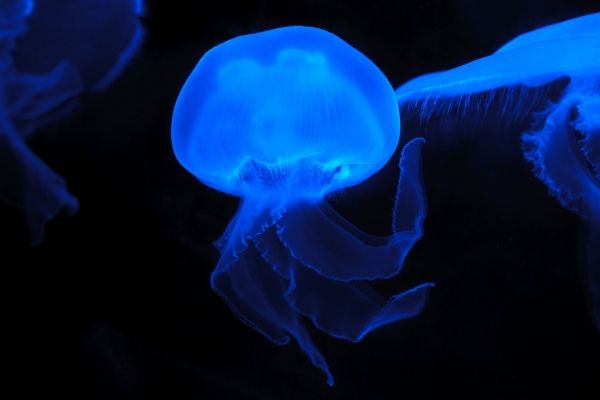They contain no carbohydrates. No fats. No proteins. Not much else but water. Still, the moon jelly (Aurelia aurita) are eaten by predators in the sea; fish, crustaceans, sea anemones and even corals and turtles.
Now a new study may explain why these predators bother to eat the gelatinous creatures. The study is based on moon jelly samples from a German Fjord.
– The jellyfish in our study showed to contain some fatty acids that are very valuable for their predators. Fatty acids are vital components of cell membranes and play a crucial role in processes like growth and reproduction, says marine biologist and jellyfish expert, Jamileh Javidpour from University of Southern Denmark.
Two years of fishing jelly fish
She is Principle Investigator and co-author of the study, published in Journal of Plankton Research. Co-authors are Vanessa Stenvers from University of Groningen and Chi Xupeng from Chinese Academy of Sciences.
Read more at University of Southern Denmark
Image by PublicDomainPictures from Pixabay


